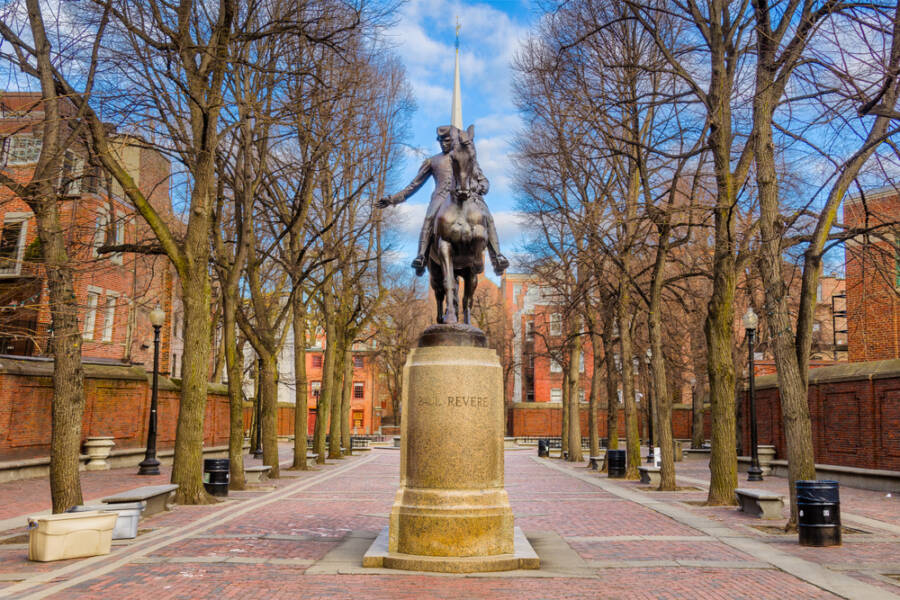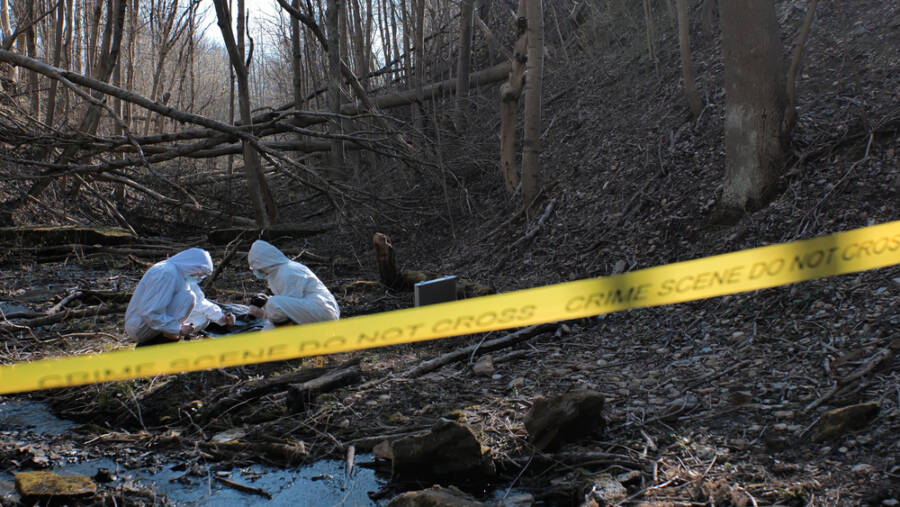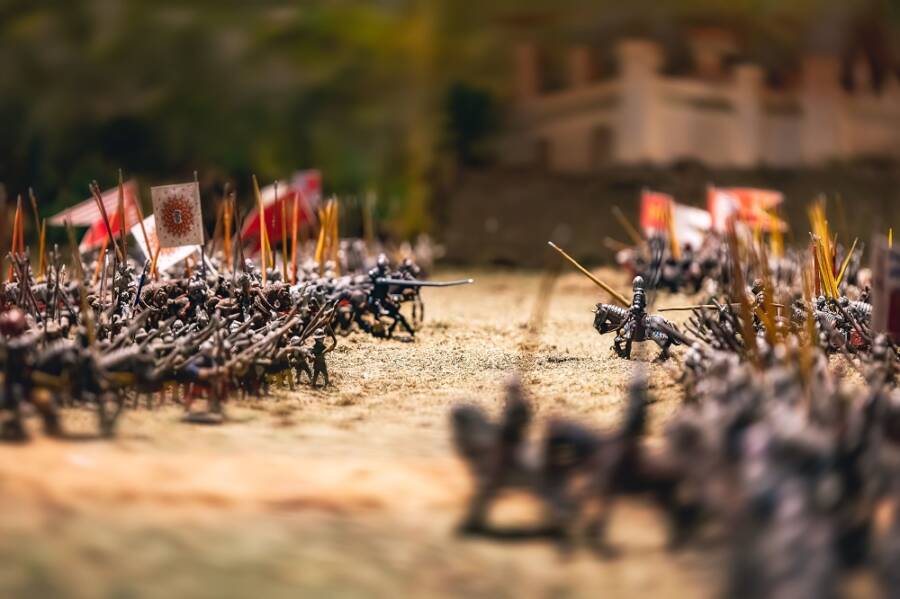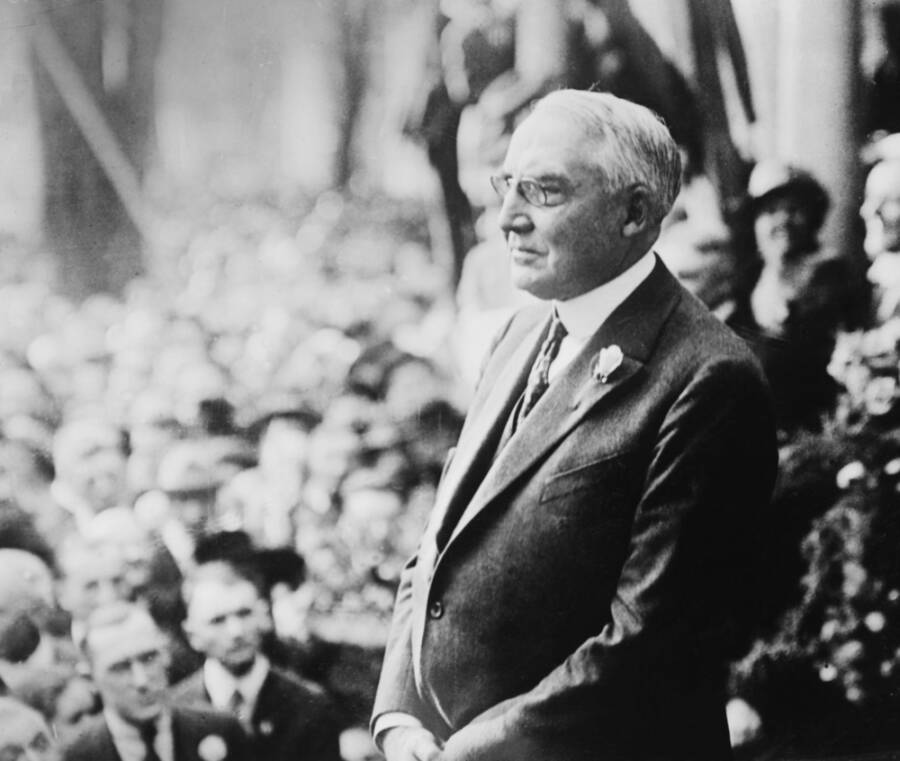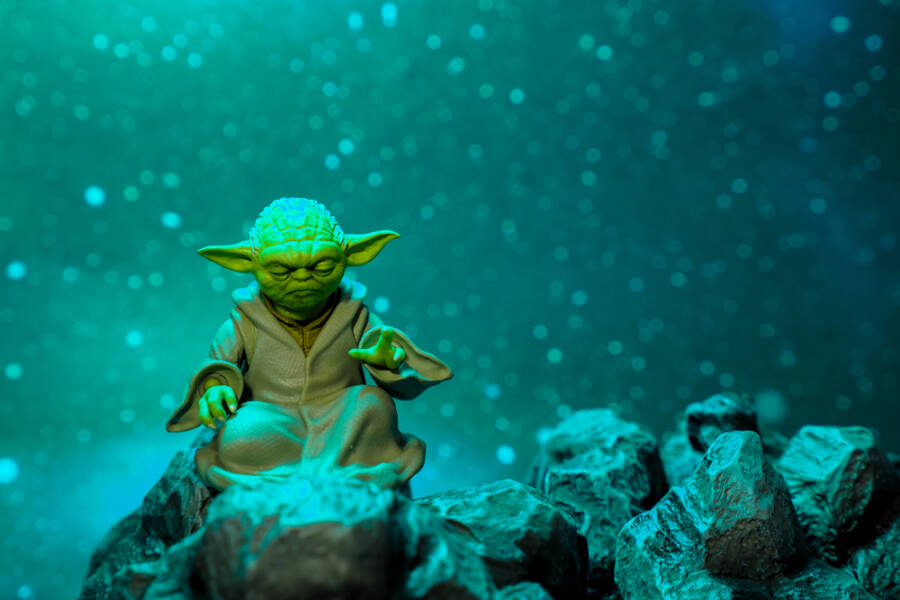How many facts about fascism do you know? It’s time for a fact-check history lesson.
This year marks the 106th anniversary of the forming of the Fascist movement in Italy, so because we paid little to no attention to this topic here on Historical Files, now is the best time to approach it.
The term “fascism,” which elicits strong emotions and is frequently misused, was first used in the early 20th century but still has an impact on political discourse today. Investigating its history, guiding ideals and common misconceptions is crucial to comprehending its actual nature.
In 1919, Benito Mussolini created the term “fascism” to refer to his political movement, the Fasci di combattimento (“combat groups”). The word “fascio,” which means bundle or group in Italian, is the source of the name and represents strength through unity. When Mussolini’s movement took control of Italy in 1922, fascism emerged as a powerful political force.
This is just a brief introduction to the whole subject of facts about fascism that will be discussed in depth in the following lines.
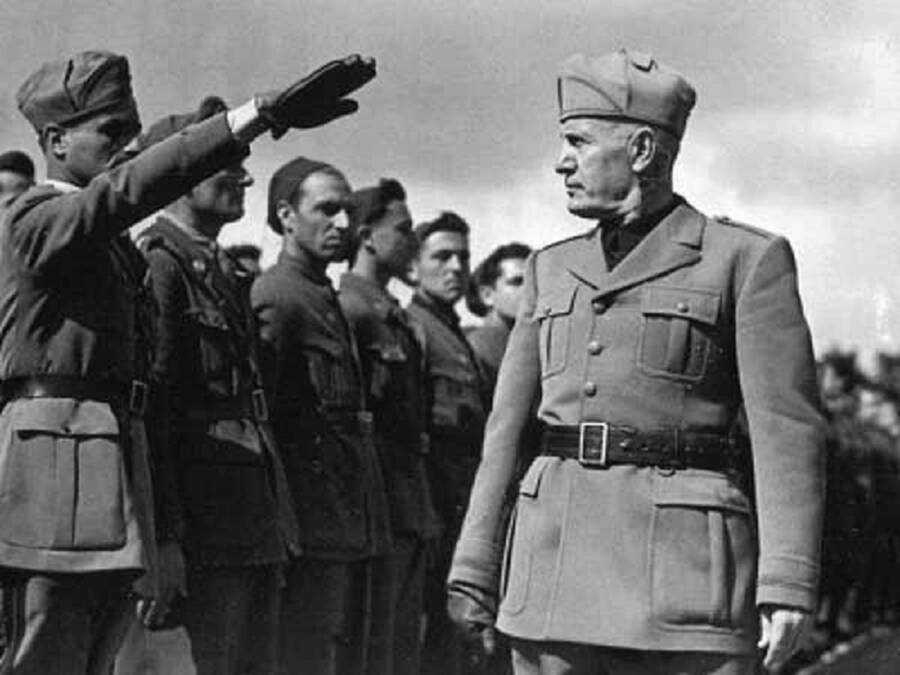
Was fascism really misunderstood?
Despite the term’s overuse, fascism is clearly associated with certain characteristics. Fascism is a political movement and a political practice, according to Robert O. Paxton, a Columbia University history professor emeritus who is frequently referred to as the father of fascism studies.
By using advanced propaganda strategies to promote an anti-liberal, anti-socialist, violently exclusive, and expansionist nationalist agenda, fascism as a political practice sparks public interest.
Fascism is a mass nationalist movement that aims to rebuild a nation that has been harmed or is in decline through expansion, violent attacks on enemies, both internal and external, and measures of authority. Democracy is to be replaced by an authoritarian dictatorship.
Fascism is usually associated with both nazism and communism but…
…In reality, this is just a confusion people tend to make. For example, fascism focuses on nationalism, the same as nazism, but without the racial difference obsession that we see in the Nazi doctrine. Communist ideology, on the other hand, emphasizes class conflict and completely rejects nationalism and racial distinctions.
Private property and capitalism are allowed under fascism, but companies must act in the interests of the state. It’s a highly regulated collaboration between the government and private industry. The needs of the entire society and the common good have priority in communist societies, which frequently leads to limitations on individual liberties.
Fascism is motivated by…passion
With so many negative aspects regarding fascism, it may be hard to believe that one of the most important facts about fascism is that it’s fueled by passion. Some of these so-called “mobilizing passions” are:
-the idea that one’s group is a victim, which serves as justification for any action taken against the group’s enemies, both internal and external.
-closer community integration within a fraternal community (fascia), whose purity and unity are established through exclusionary violence if necessary or, if possible, by shared conviction.
-all fascists had an enhanced sense of belonging, in other words, a huge self-esteem
-the authority of natural leaders (always men) in society, resulting in a national chieftain who is the only person who can embody the destiny of the group.
Benito Mussolini was a socialist before
In his writings and speeches, Mussolini criticized patriotism, praised renowned communist philosopher Karl Marx, and advocated for a bloody revolution. He was appointed editor of Avanti! (Forward!), the Socialist Party of Italy’s official daily newspaper, in 1912.
However, two years later, his support for World War I led to his expulsion from the socialist party. A drastically altered Mussolini established the fascist movement, which would eventually evolve into the Fascist Party, by 1919.
Even as a young man, Mussolini had a taste for violence
After stabbing a classmate in the hand when he was ten years old, he was expelled from a religious school. He then had another stabbing incident at his next school. In addition, he acknowledged that he had stabbed a girlfriend in the arm.
In the meantime, he allegedly led groups of boys on raids of nearby farmsteads, pinched people at church to make them cry, and masterfully practiced sword dueling. Mussolini suffered more than 100 battle wounds, according to the New York Times’ account of his duel with a rival newspaper editor in May 1922.
Mussolini aimed to create an empire in Italy
When Mussolini bombarded and briefly occupied the Greek island of Corfu in 1923, it was his first military action. A few years later, he approved the use of poison gas and concentration camps to help quell an uprising in Libya, then a colony of Italy. Il Duce declared that Italy had finally achieved its empire after the illegal use of poison gas occurred once more during the 1935 and 1936 conquest of Ethiopia.
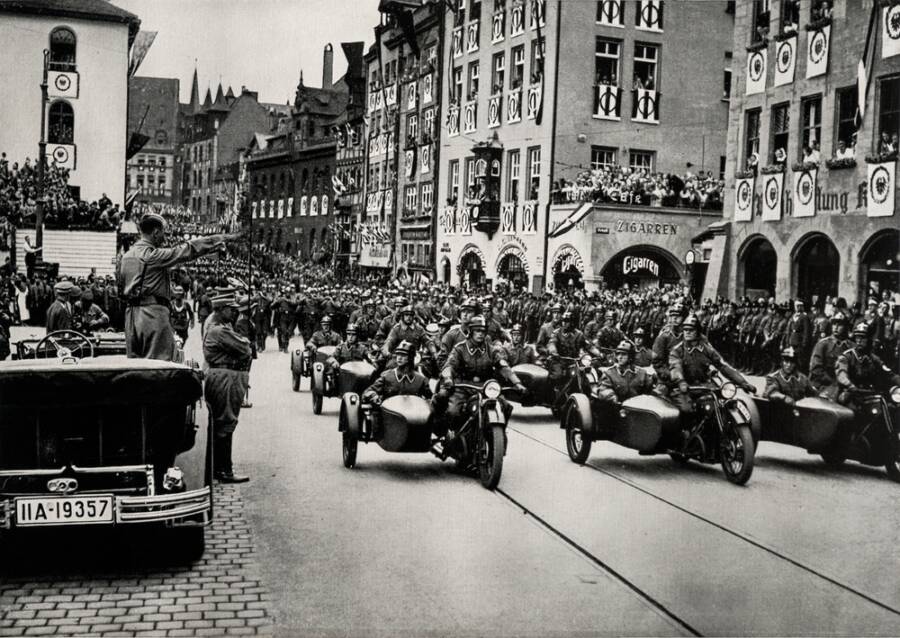
Hitler was one of Mussolini’s best allies
On May 22, 1939, Mussolini and Hitler agreed to an alliance between Germany and Italy (named the Pact of Steel) that established a military and political bond between the two countries.
Before being arrested and dismissed by his own Grand Council in 1943, Mussolini ruled Italy. He was saved by German commandos and then put in charge of a puppet regime in German-occupied northern Italy between September 1943 and April 1945.
Mussolini tried to escape to Switzerland with his mistress as the Third Reich lost control of northern Italy. He attempted to hide his identity by dressing in German garb and donning a helmet, but he was soon identified because of his years of fostering his cult of personality.
On April 28, 1945, Italian Communist partisans executed Mussolini and his mistress and his corpse was strung upside down in a public square in Milan.
Did fascism really end when Mussolini died?
This may sound more like a conspiracy theory rather than one of the facts about fascism worth mentioning, yet I will say it anyway. With a few notable exceptions, such as Franco’s Spain, the original fascist regimes had been overthrown by the defeat of the Axis powers in World War II, marking the end of one phase of fascism. However, despite Mussolini’s death in 1945, the concepts he gave names to survive in today’s world.
It is weird and even taboo to approach extreme ideologies, such as those connected to Nazism, fascism, and communism, and doing so usually results in conflicts or unpleasant discussions between people. History repeats itself, as historians note, so if we don’t know about the past, we might make the same mistakes again.
Fascism is currently being brought back in Italy and other countries, so it is extremely unsettling that it is resurfacing at this time. Mussolini and Hitler are once again being idealized, and fascism is being rehabilitated for a new generation.
Whether fascism was misunderstood or not, we can’t tell for sure, but even in today’s world, there are plenty of people who still don’t know the difference between the three ideologies. For those interested in this topic who feel that this article was cut short too soon and their curiosity wasn’t exactly satisfied, I recommend you check out the book written by Benito Mussolini himself, named The Doctrine of Fascism, available in paperback on Amazon for the price of $8.
Related article that you may missed reading on Historical Files: Luck Syndrome: 6 Failed Attempts on Hitler’s Life.

